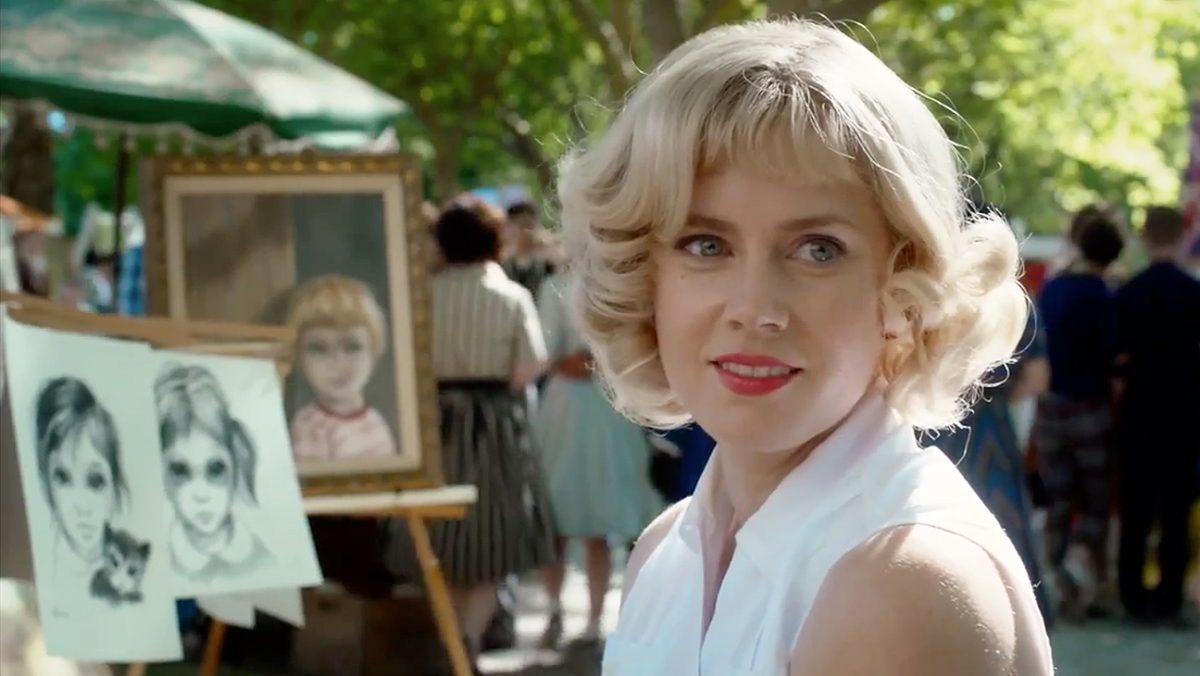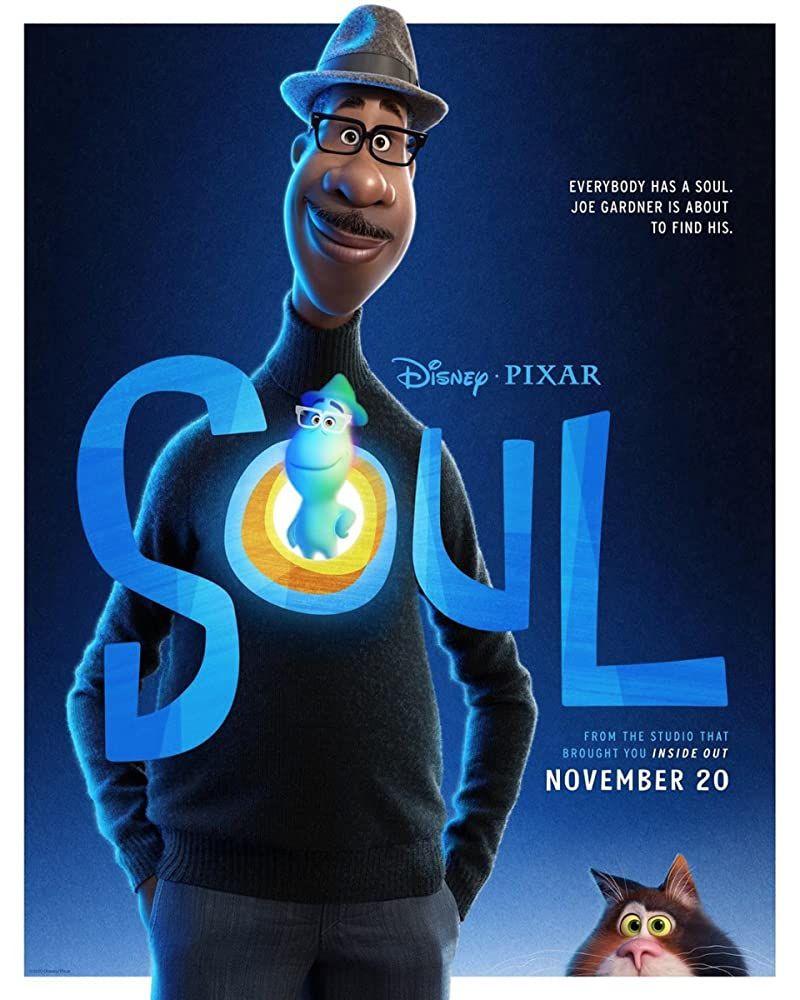Tim Burton’s latest drama, Big Eyes, takes us to the time when women began to fight for equal recognition for their achievements. Back then, man’s work was seen as dominant in the art world, and this movie showcases the classic struggle of a lack of recognition from differences in gender.
The story focuses on the tale of Margaret Keane’s (Amy Adams) abuse by her smooth talking husband Walter Keane (Christoph Waltz) and their iconic final confrontation. The story proves to be a true learning experience not just for the characters, but for the viewers as well.
After leaving her first husband, Margaret sets out for a fresh start in San Francisco to expand her artistry and make the bill for her daughter to remain in her custody. There she meets suave, charming Walter Keane, an experienced real estate broker who dabbles in the art world. Walter immediately warms up to the single mother and begins to share his own artistic ambitions and dreams.
Both eventually marry after Margaret realizes that her ex-husband is trying to regain custody of her daughter; Walter believed that marriage would stop this ordeal. With this new marriage, both Walter and Margaret see the change in the art world, although Walter has so far presented his “own” landscapes to the populace.
Margaret’s work moves into Walter’s hands, and he finds that her artwork is popular among high-society. The only setback of this scenario is that Walter labels Margaret’s work as his own. She acquiesces to the practice, but the guilt still waits inside her. Over years of sale and success, power becomes Walter’s drive, and guilt shadows Margaret in their individual art pursuits.
With Walter’s new popularity, his ego unhinges his sanity and transforms him into a monster who seems to have hidden his real façade from Margaret for years. Margaret on the other hand gains a voice in a world seemingly owned by her husband which prompts her to want to take her paintings back.
The court case that ensues proves the worth of personal accomplishment, and the lengths one woman will go to have them validated. The main question in this film, answered with the court’s decision, is who deserves credit for the art; the artist or the merchant?
As a historical piece, this film captures the time period well. Every actor or actress on set plays their character as plays their character as if they came from that age. This piece is also very relatable to those familiar with the subjects of fraud from partnership. Other pieces of the film are well put together, including actually showing Margaret paint.
The only issues lie in the fact that some moments of the film feel stretched. This includes the moments of Walter’s madness when Margaret’s guilt was more intriguing. It’s a film worth seeing for its cast and subject matter, but the only real enjoyment of the film goes to Waltz’s psychotic nature and Amy Adam’s reaction.
Despite being a throwback film for the Tim Burton, this film could have used more imagination to create a truly “artistic” film, although this film does earn points in staying true to the source. This film earns 7 out of 10 for being historically accurate with a unique subject, a stellar cast, a soft setting, but a small lack of imagination for a film about an artist in a difficult time.

































